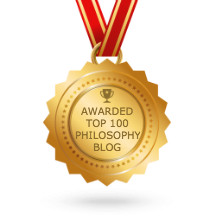In short, hESC lines can indeed be patented, but as part of a procedure for "for therapeutic or diagnostic purposes which are applied to the human embryo and are useful to it". In other words, patenting of hESC lines for the purpose of regenerative medical purposes or research is ruled out within the jurisdiction of European patent law.
On those grounds, the Court (Grand Chamber) hereby rules:1. Article 6(2)(c) of Directive 98/44/EC of the European Parliament and of the Council of 6 July 1998 on the legal protection of biotechnological inventions must be interpreted as meaning that:– any human ovum after fertilisation, any non-fertilised human ovum into which the cell nucleus from a mature human cell has been transplanted, and any non-fertilised human ovum whose division and further development have been stimulated by parthenogenesis constitute a ‘human embryo’;– it is for the referring court to ascertain, in the light of scientific developments, whether a stem cell obtained from a human embryo at the blastocyst stage constitutes a ‘human embryo’ within the meaning of Article 6(2)(c) of Directive 98/44.2. The exclusion from patentability concerning the use of human embryos for industrial or commercial purposes set out in Article 6(2)(c) of Directive 98/44 also covers the use of human embryos for purposes of scientific research, only use for therapeutic or diagnostic purposes which are applied to the human embryo and are useful to it being patentable.3. Article 6(2)(c) of Directive 98/44 excludes an invention from patentability where the technical teaching which is the subject-matter of the patent application requires the prior destruction of human embryos or their use as base material, whatever the stage at which that takes place and even if the description of the technical teaching claimed does not refer to the use of human embryos.
Wednesday 19 October 2011
European Court Rules Against (almost all) Patenting of Embryonic Stem Cells
Yesterday, the European Court publicized its ruling on the controversial case of the patentability of human emryonic stem cell lines (hESC) in European law. I have discussed this issue in two former posts: here and here. The complete ruling can be found here and is quite long, but the conclusions are clear:
Subscribe to:
Posts (Atom)







